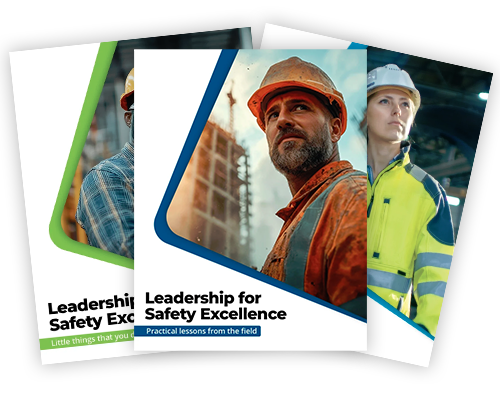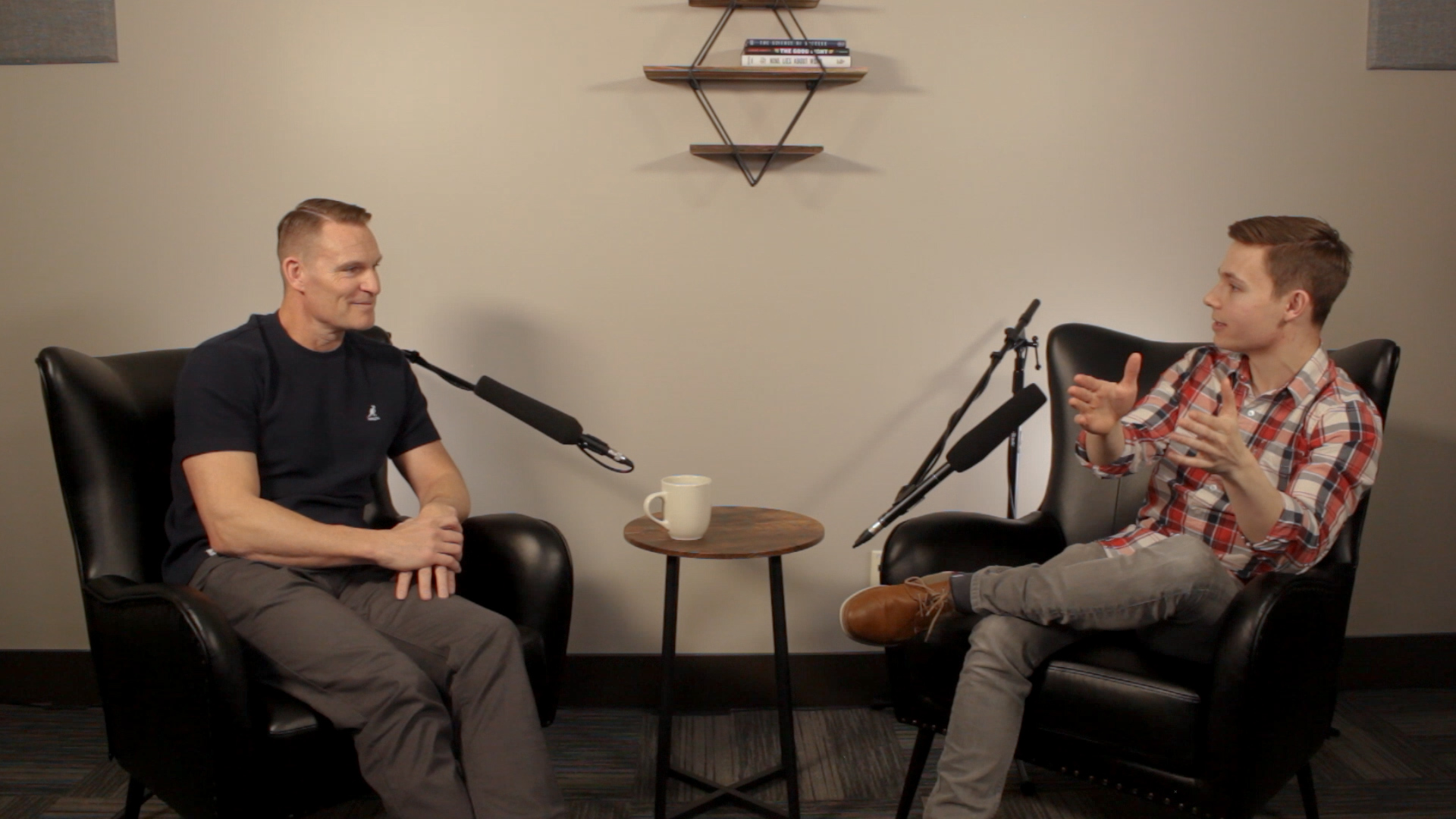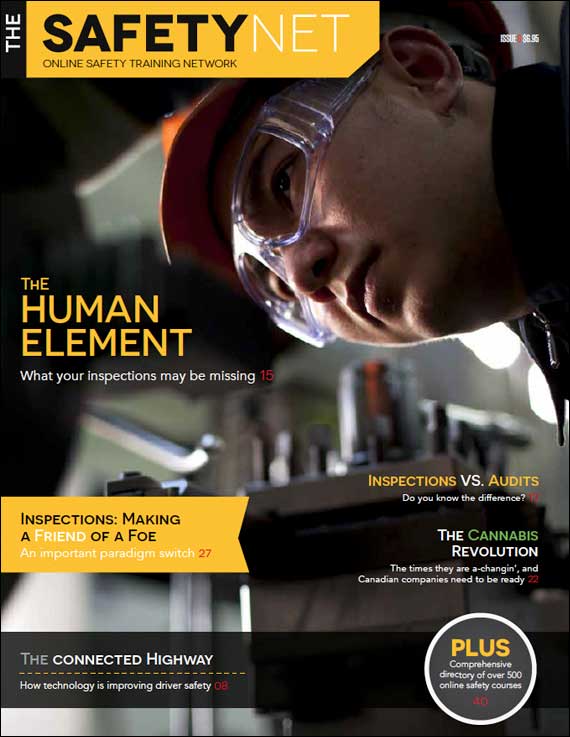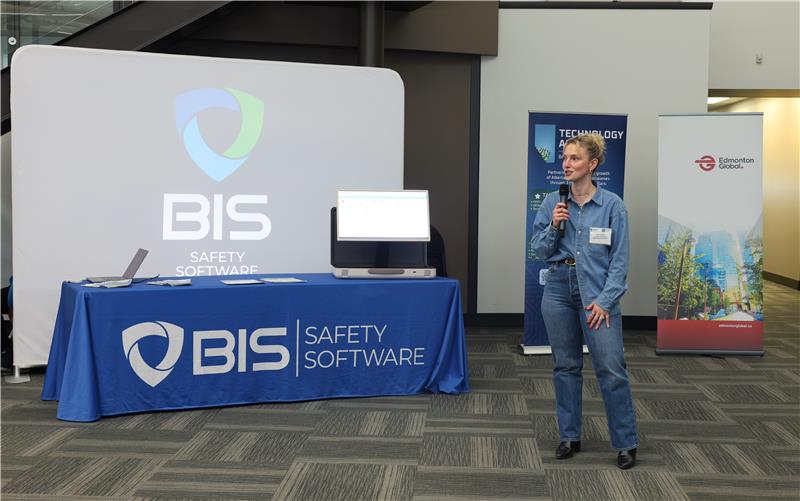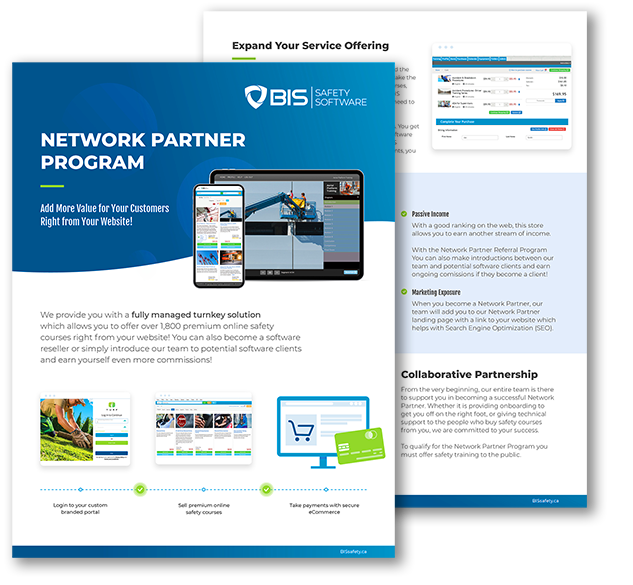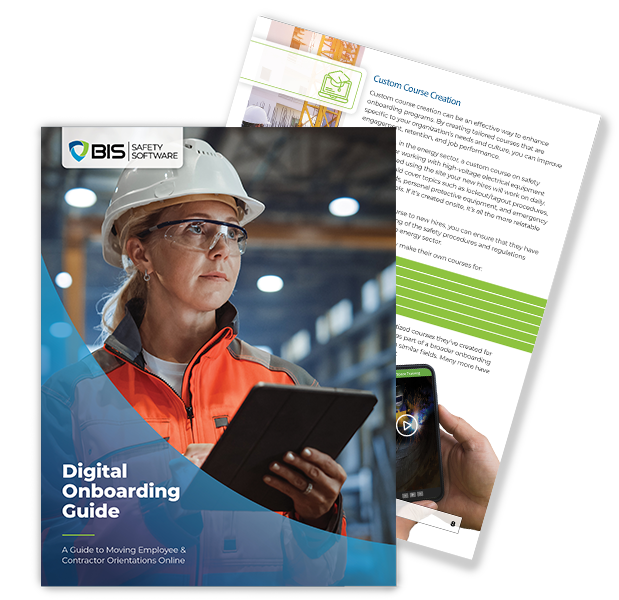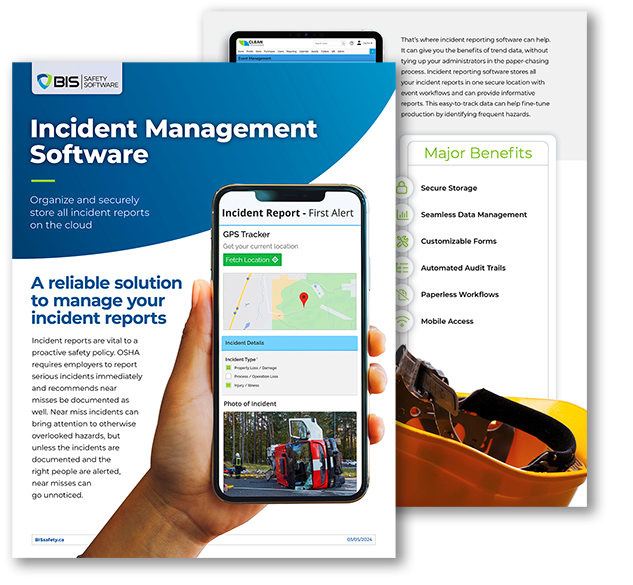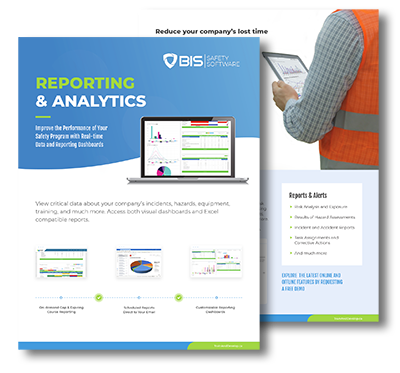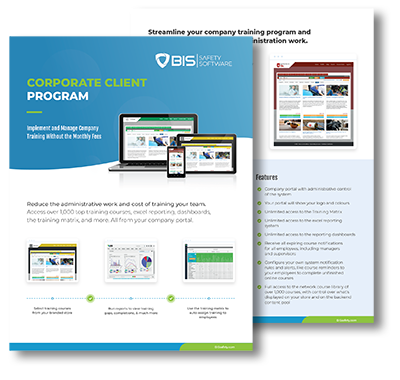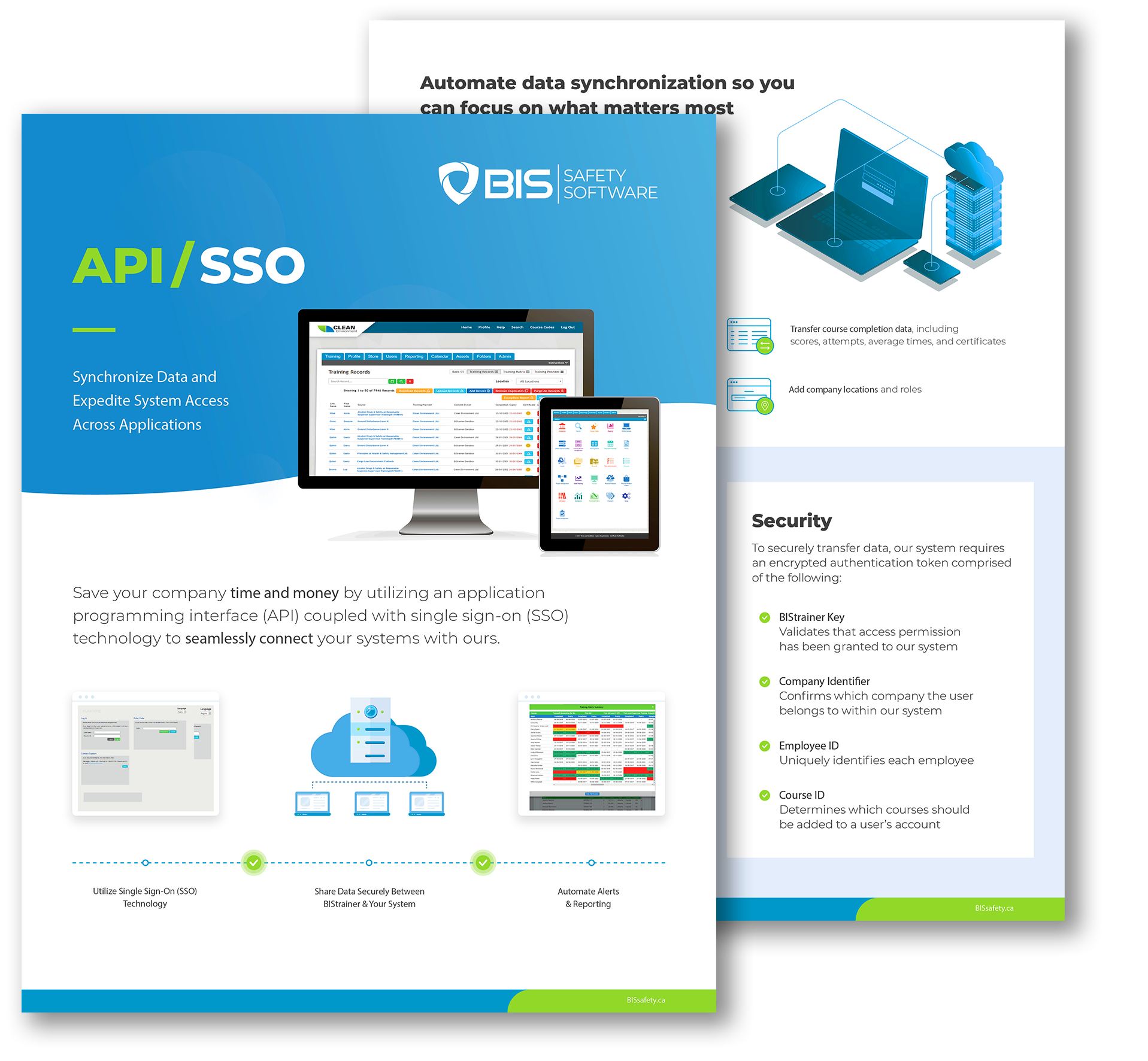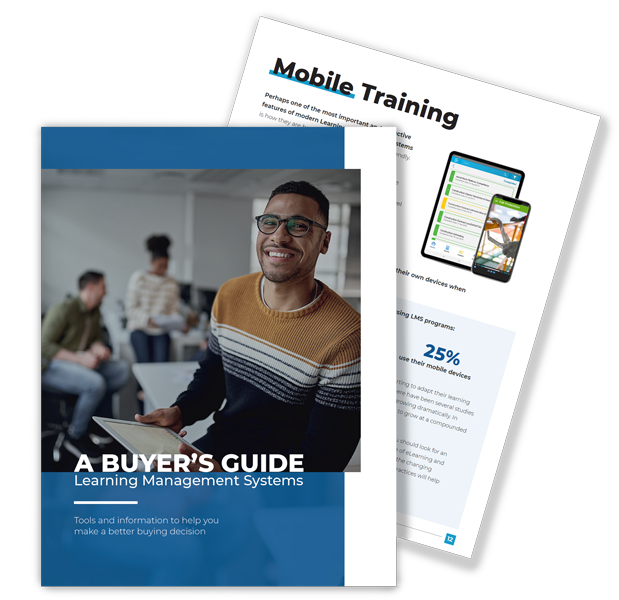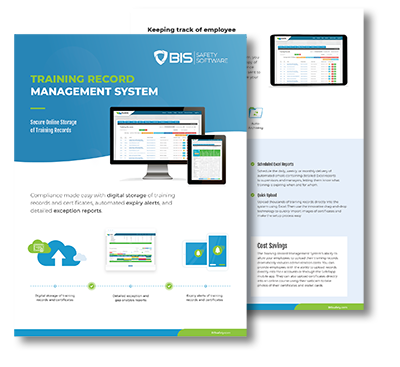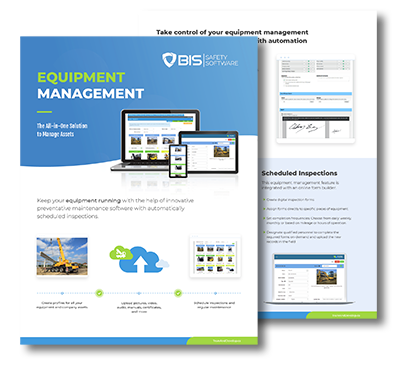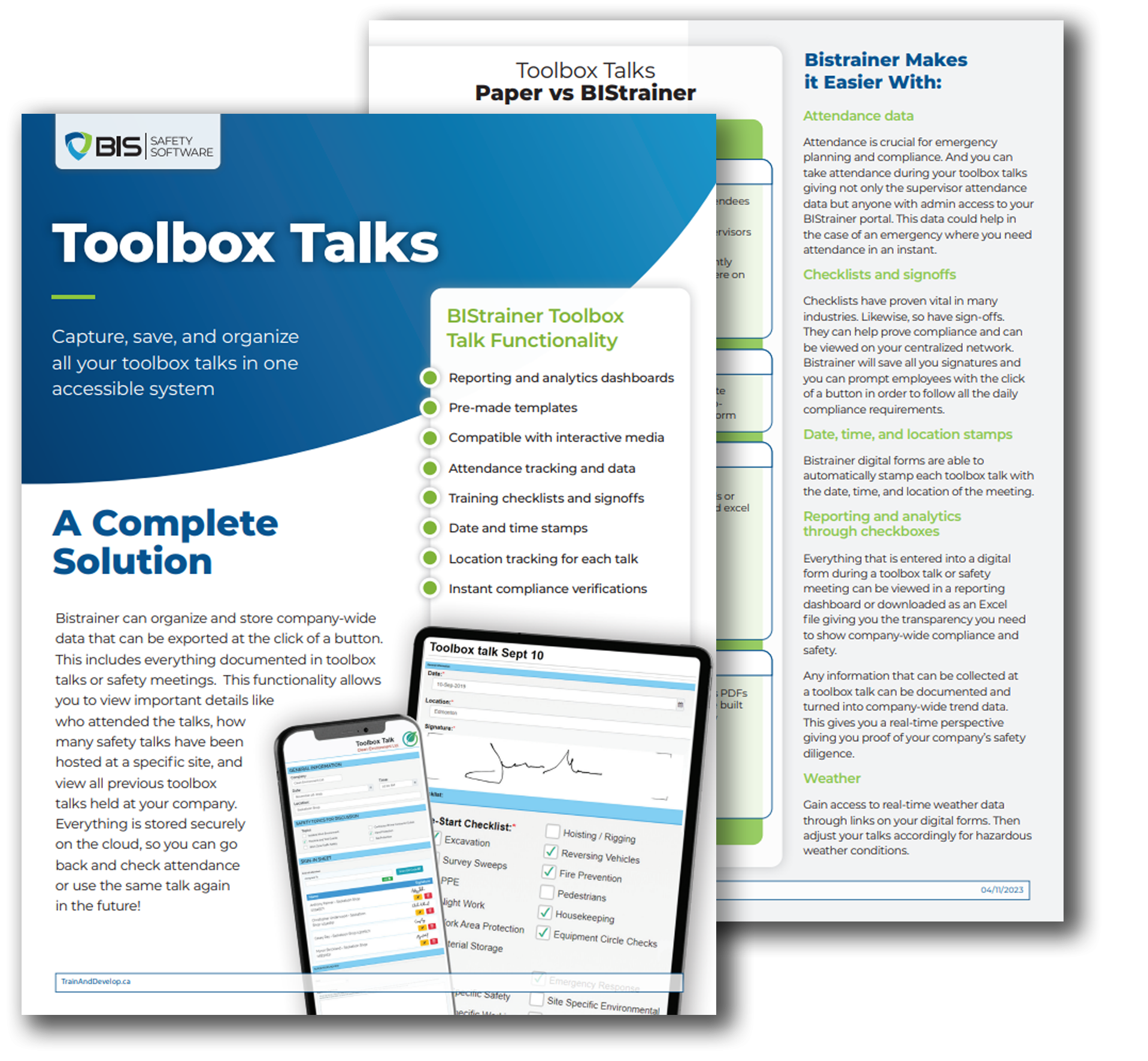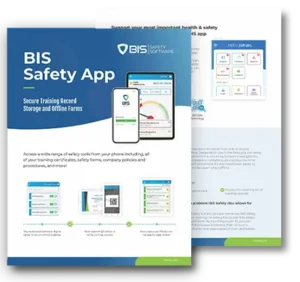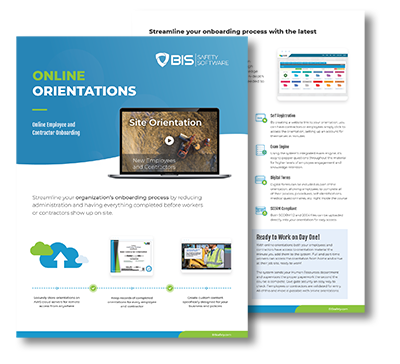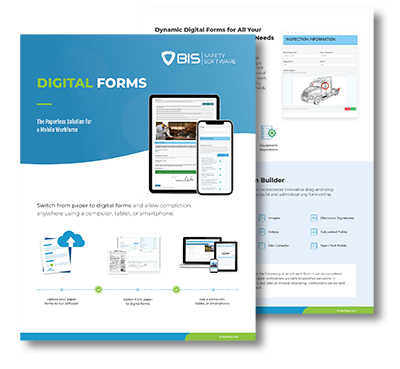Pain Is a Warning

Home Blog Pain Is a Warning Why Ignoring Injuries Leads to Bigger Problems Silence isn’t golden! By RDadiz Facebook LinkedIn Don’t tough it out! Too many workers push through pain instead of speaking up. They strain sore muscles, ignore small cuts, and brush off dizziness. They don’t want to look weak, slow down the team, or risk their job. But ignoring pain doesn’t make it go away, it makes it worse. Minor injuries turn into major ones. Small strains lead to lifelong damage. When workplaces push workers to ignore pain, small injuries turn into chronic ones. Burnout rises. Safety slips behind speed and output. Why Workers Stay Silent ▸ Fear of Judgment No one wants to be seen as weak or unable to handle the job. Many workers believe speaking up will make them a target for ridicule or resentment. ▸ Job Security Some workers worry that reporting an injury could cost them hours or their position. If a workplace treats injuries as a sign of unreliability, workers will hide them. ▸ Team Pressure If everyone else is pushing through, it’s hard to be the one who speaks up. Workers don’t want to feel like they’re letting the crew down. ▸ Lack of Awareness Many don’t realize how serious an injury can become if left untreated. What feels like a small strain today could lead to permanent damage months or years later. ▸ Workplace Culture When toughness matters more than safety, workers see reporting pain as weakness, not a smart choice. The Real Cost of Pushing Through Pain A sore wrist today can turn into chronic tendonitis. A minor back strain can lead to a herniated disc. Untreated dizziness can cause a fall, leading to fractures or worse. Repetitive motion injuries, if ignored, can force workers out of their jobs entirely. When workers ignore pain, they risk more than discomfort. They risk long-term disability, lost wages, and reduced quality of life. Pain slows reactions, causes mistakes, and raises the risk of serious accidents. More injuries mean lost time, higher costs, and lower productivity for employers. When injuries pile up, morale drops, and turnover increases. Ignoring pain doesn’t just harm workers, it weakens the whole team. How to Change the Culture 1. Encourage Reporting Make it clear that speaking up about pain isn’t weakness, it’s smart. The sooner an issue is addressed, the less damage it does. Employers should make reporting concerns easy and judgment-free. Workers need to know they can speak up without fear. 2. Train Supervisors to Listen If workers report pain and get brushed off, they won’t speak up next time. Leaders should take concerns seriously and act fast. A supervisor’s attitude toward safety sets the tone for the entire team. 3. Provide Proper Equipment The right tools, supportive footwear, and ergonomic solutions prevent unnecessary strain. Investing in high-quality safety gear reduces long-term injury risks. 4. Promote Early Intervention Stretching, rest breaks, and quick treatment stop small aches from turning into serious injuries. Encouraging movement and proper lifting techniques can prevent chronic conditions before they start. 5. Educate Workers on Injury Progression Many workers don’t report pain because they don’t realize how quickly a small injury can escalate. Training should include real-world examples of ignored injuries turning into serious conditions. 6. Lead By Example If supervisors push through pain, workers will too. A strong safety culture starts at the top. Leadership should demonstrate safe habits and encourage self-care without stigma. 7. Create a Supportive Environment Recognize and reward workers who take the right steps when dealing with injuries. Reinforce that prioritizing health is the responsible thing to do. Final Thought: Strength Is Speaking Up Real toughness isn’t about ignoring pain, it’s about knowing when to stop, recover, and protect your future. A smart worker doesn’t push through injury. They recognize risk, report issues, and take action before it’s too late. When workplaces support early intervention, workers stay stronger, safer, and more productive in the long run. Work smart. Stay strong. Speak up. Follow us! Stay up-to-date with the latest spotlight articles, podcasts, the SafetyNET Magazine, or our book on Leadership for Safety Excellence. All updates will be shared on our social channels, click below to follow us. Facebook Linkedin Related Articles All Posts #EmergencyPreparedness 2025 safety trends 360 Immersive 360immersive 6S Safety accident prevention accidental careers adjustable workstations adult education AI automation AI implementation AI in business AI in operations AI in Safety AI podcast AI strategy AI transformation Alberta safety courses Allan James Moore artificial intelligence asking for help audit findings audit readiness Audit Reporting automation in safety automation strategy avoidable injuries awareness Aztec Safety back strain BambooHR integration behavior-based safety Behavioral Safety behavioural safety biometric sensors BIS Podcast BIS Safety Podcasts BIS Safety Software BIS Safety Spotlight black holes Blame Culture BP Texas City Explosion Brave Leadership Brett Burkard burnout business automation Canadian OHS Canadian safety Canadian safety history Canadian safety standards carbon monoxide Carolynne Heron CCOHS chemical chemical vapors chronic injuries chronic pain cloud-based safety tools Coming Soon community safety programs Competency in Safety complacency in safety Compliance compliance courses Compliance In Canada compliance issues Compliance management Compliance Reporting compliance tools compliance tracking compliance training compliance vs protection Construction advocacy Construction education Construction industry construction safety construction safety training continuous improvement continuous safety improvement corporate culture corporate training corrective actions crane CSA standards Customer Spotlight Customer Spotlight Kevin Swinden Global Hazmat Safety Culture Hazmat Management Dangerous Goods Competency in Safety Workplace Risk Mitigation BIS Training Clients Canadian EHS customized training daily trip inspection Damage Prevention Dangerous Goods dangerous goods classification Danny Sellers data-driven safety Decision Analysis defect management defect tracking defensive driving DEI in onboarding digital compliance digital forms Digital Hazard Reporting Digital Onboarding digital safety Digital Safety Audits Digital safety systems digital safety tools digital safety transformation Digital Training Tools digital transformation DMS features document control document management system Dr. Joanna Pagonis Dr. Tom Krause driver file management driver training driving instructor program DTRMS e-learning e-learning tools eadership in safety early intervention education technology
Shaking Hands with Einstein’s Legacy
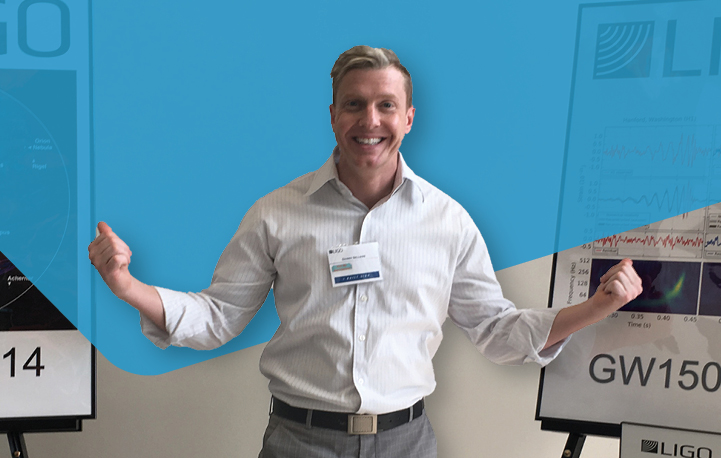
Home Blog Shaking Hands with Einstein’s Legacy Why Ignoring Injuries Leads to Bigger Problems How Danny Sellers wired his way to the edge of space-time, with safety at every step By RDadiz Facebook LinkedIn High Voltage, Black Holes, and Building a Culture of Safety Danny Sellers started in the deep South. Wiring up petrochemical plants, wrangling high-voltage power systems. Now? He helps humanity hear the universe. Space science. Growing up in Louisiana, Danny was surrounded by heavy equipment, industrial know-how. His family members who worked with their hands. One of those family members owned one of the largest electrical instrumentation contract companies in the southern United States. This gave Danny a front-row seat to the world of high-risk, high-skill trades. “Spending summers at the shop helping out, I kind of was determined I was going to go in that field anyway,” he says. By the time he graduated high school, he had already completed parts of his electrical training. He was working in petrochemical plants at 18, and he was learning. About power distribution, process control, instrumentation. “You learn quick in that kind of environment,” he says. “You’re working around systems that can kill you in a second if you don’t respect them.” He spent years traveling from site to site across the United States. “I’ve worked at, you know, the Big Dig in Boston, Eli Lilly Pharmacy, you know, just all around. You see a lot of different practices out there. You learn real quick the importance of staying sharp, especially when you’re working around high voltage or confined spaces.“ Daniel Sellers – Founder Eventually, the constant travel gave way to something else: a desire to settle down. He joined Dow Chemical, working on high-voltage distribution and cogeneration systems. But even in that more stable role, safety was never an afterthought. “A lot of your large petrochemical industries actually generate their own power,” he says. “It’s just cheaper for them to do that. So we have Cogen plants, natural gas turbines and stuff.” He added that working in those environments meant managing both the energy systems and the safety risks that came with them. But the routine wore thin. “Plant work didn’t really suit me. It was just kind of the same thing every day,” he says. So he changed course again. Lasers, Gravity, and a New Way to See the Universe In 2002, Danny took a contractor job at a relatively obscure facility in Livingston, Louisiana: LIGO. His first task? Helping control the HEPI system, a complex hydraulic isolation setup. It keeps the facility’s delicate instruments undisturbed by vibrations from the outside world. “I was actually working on what we call here our HEPI system, a hydraulic isolation system, doing controls for that,” he says. “Probably after about two years, I was invited into the director’s office… they slid a piece of paper to me and said, ‘How would you like to come here and do this?’” And just like that, he was in. LIGO, the Laser Interferometer Gravitational-Wave Observatory, isn’t your average workplace. It’s where Danny went from contractor to full-blown cosmic detective. His job? Help run a machine so precise it measures changes in space smaller than a proton. “We shoot a laser beam down two 4-kilometer arms and measure differential length of space and time,” he explains. “The wave we’re looking for? It changes that distance by about 1/1000th the size of a proton. It’s pretty much the finest measurement ever made by man.” That wave isn’t just any ripple. It’s a gravitational wave from massive cosmic collisions. Black holes smashing into each other, neutron stars spiraling to their deaths. And the system to detect them? It’s safety-critical on every level. “When you’re dealing with that kind of sensitivity, everything matters. The procedures, the lockouts, the calibrations. There’s no winging it. Everything has to be documented, verified, and double-checked.” Daniel Sellers – Founder Einstein Said It Couldn’t Be Done Einstein predicted gravitational waves in his theory of general relativity, but even he didn’t think we’d ever detect them. “Even then, he said, ‘No one will ever be able to build a detector or a machine that could pull this off,’” Danny says. But LIGO proved him wrong. After years of fine-tuning, upgrades, and grueling testing, LIGO made its first official detection of gravitational waves in 2015. That ripple in space-time confirmed a key part of Einstein’s theory and helped win a Nobel Prize. Danny was there for it. Running shifts. Locking the detector. Helping keep the whole system stable enough to make the most precise measurement in human history. “Training here is constant,” he adds. “Everyone gets trained on operating the detector, understanding hazards, and following procedures. We don’t just read manuals, we live them.” Working With Giants, and Lasers This isn’t a desk job. Danny trained on locking the detector, ran night shifts, and worked alongside Nobel laureates like Rainer Weiss. Weiss, an MIT physicist, conceptualized LIGO. “This is a man that… only took on one or two students a year,” Danny recalls. “I’ve spent, Lord knows how many hours, 2:00 in the morning with him, personally working on the side.” At LIGO, knowledge flows freely. It’s a place where someone can go from a petrochemical plant to collaborating with the brightest physicists in the world. Want to learn something? “There’s a specialist or somebody here who has done their thesis or PhD in that subject… and it’s free,” Danny says. “Whatever you want to know, someone here knows it. You just have to ask.” His role expanded beyond electrical work. He dove into optics and lasers. He ran operations on the detector floor. He learned how to lock, align, and monitor sensitive systems. These systems can pick up passing trucks on the highway, or earthquakes on the other side of the planet. And through it all, safety remained central. “We’re not building widgets. We’re listening to the universe,” Danny says. “But we’re doing it with protocols and systems designed to protect the



